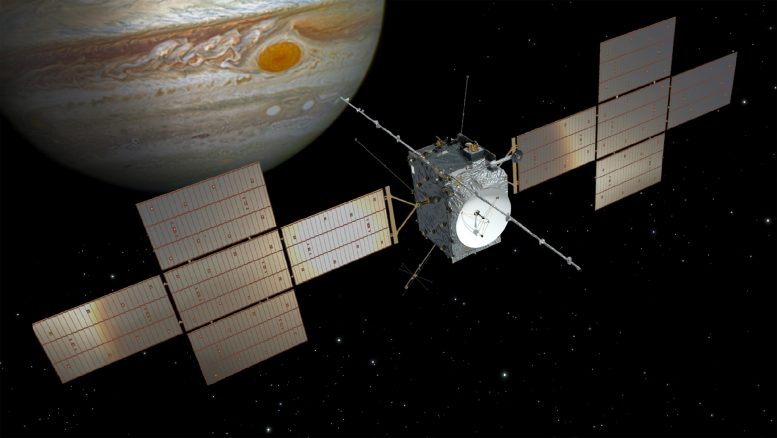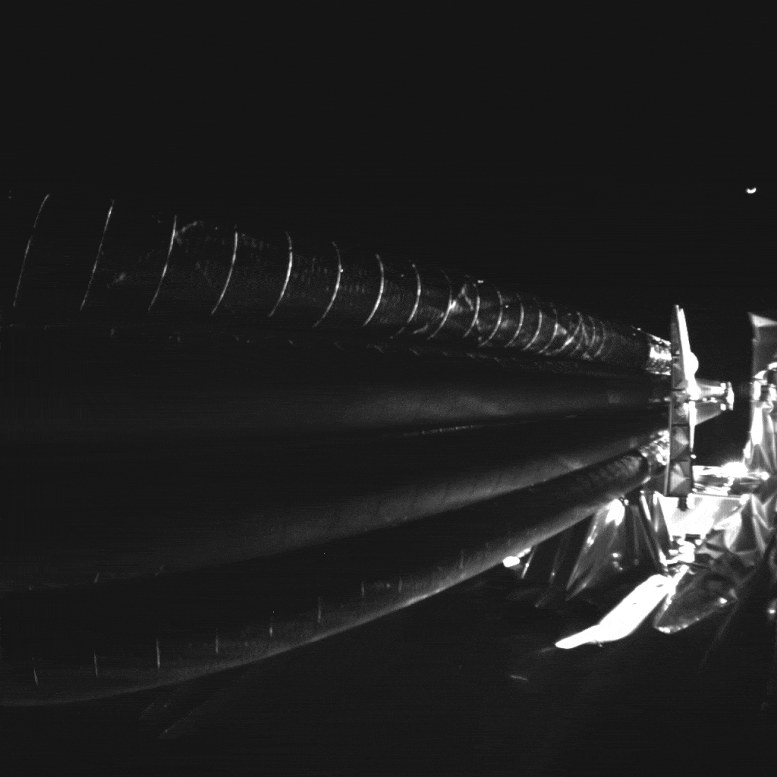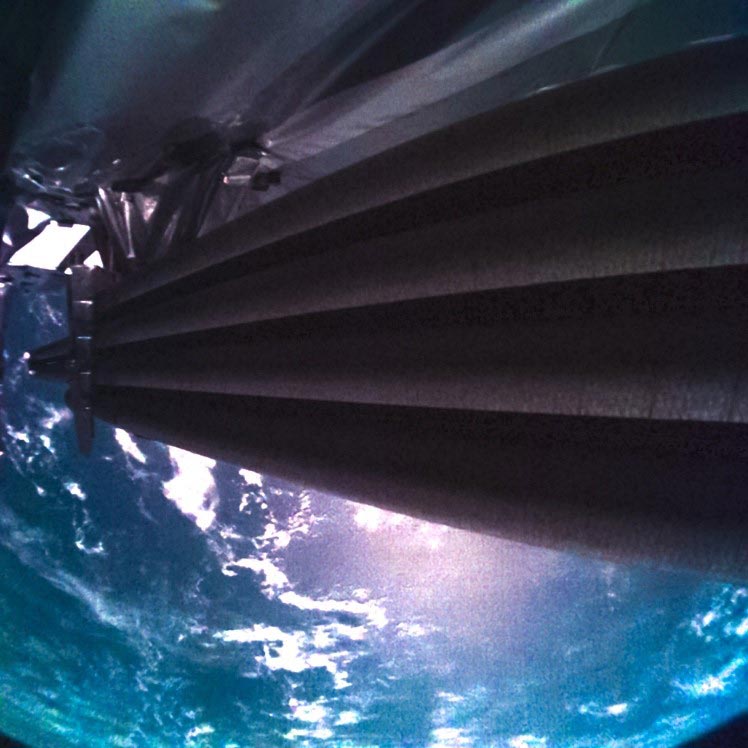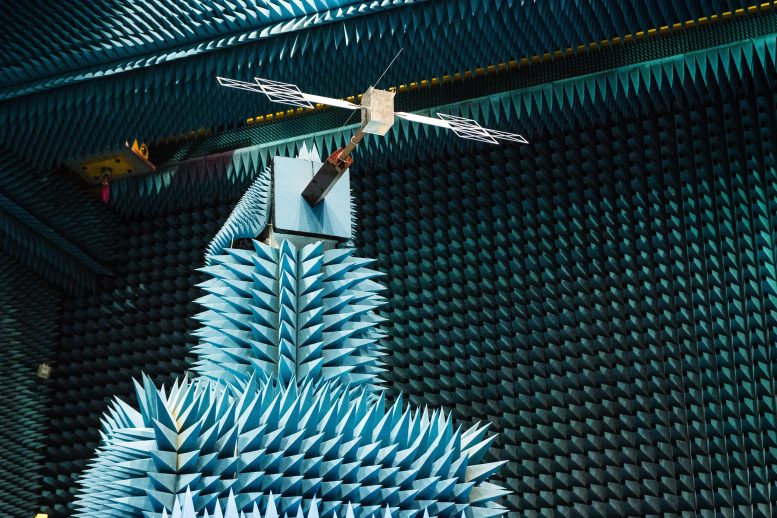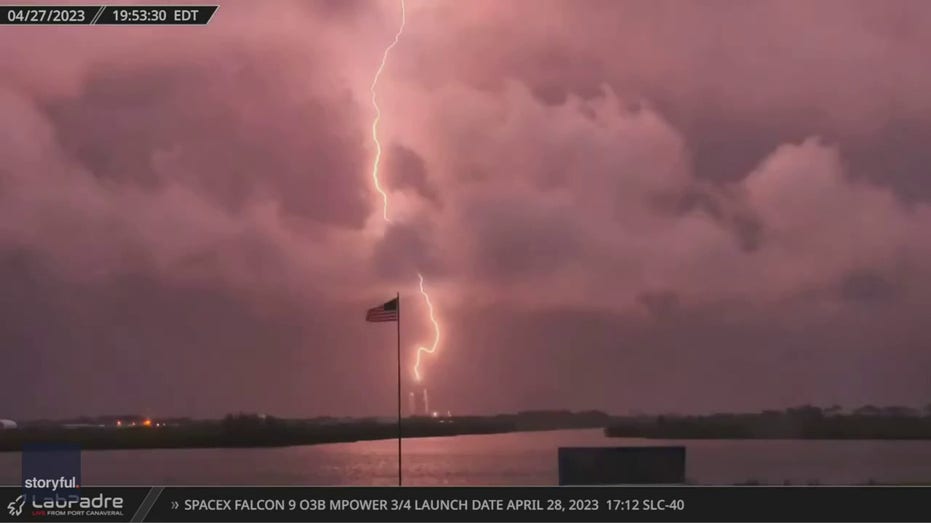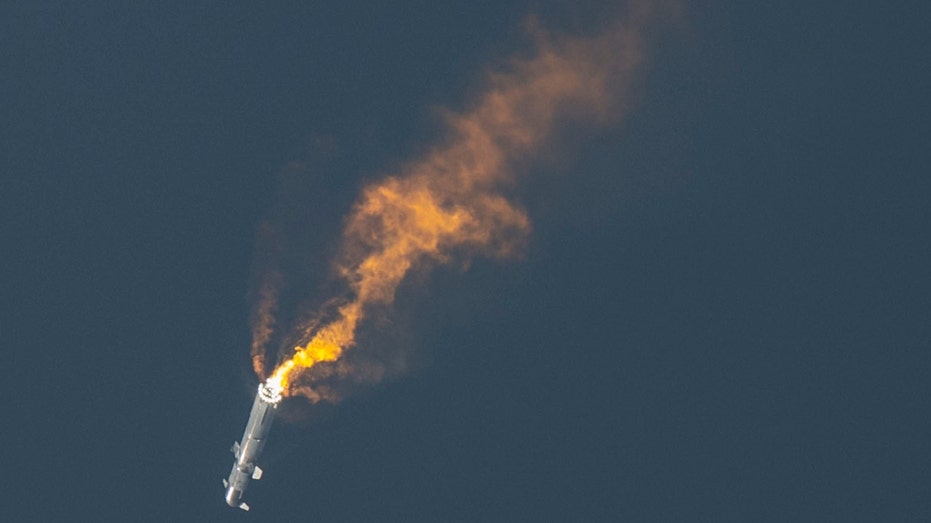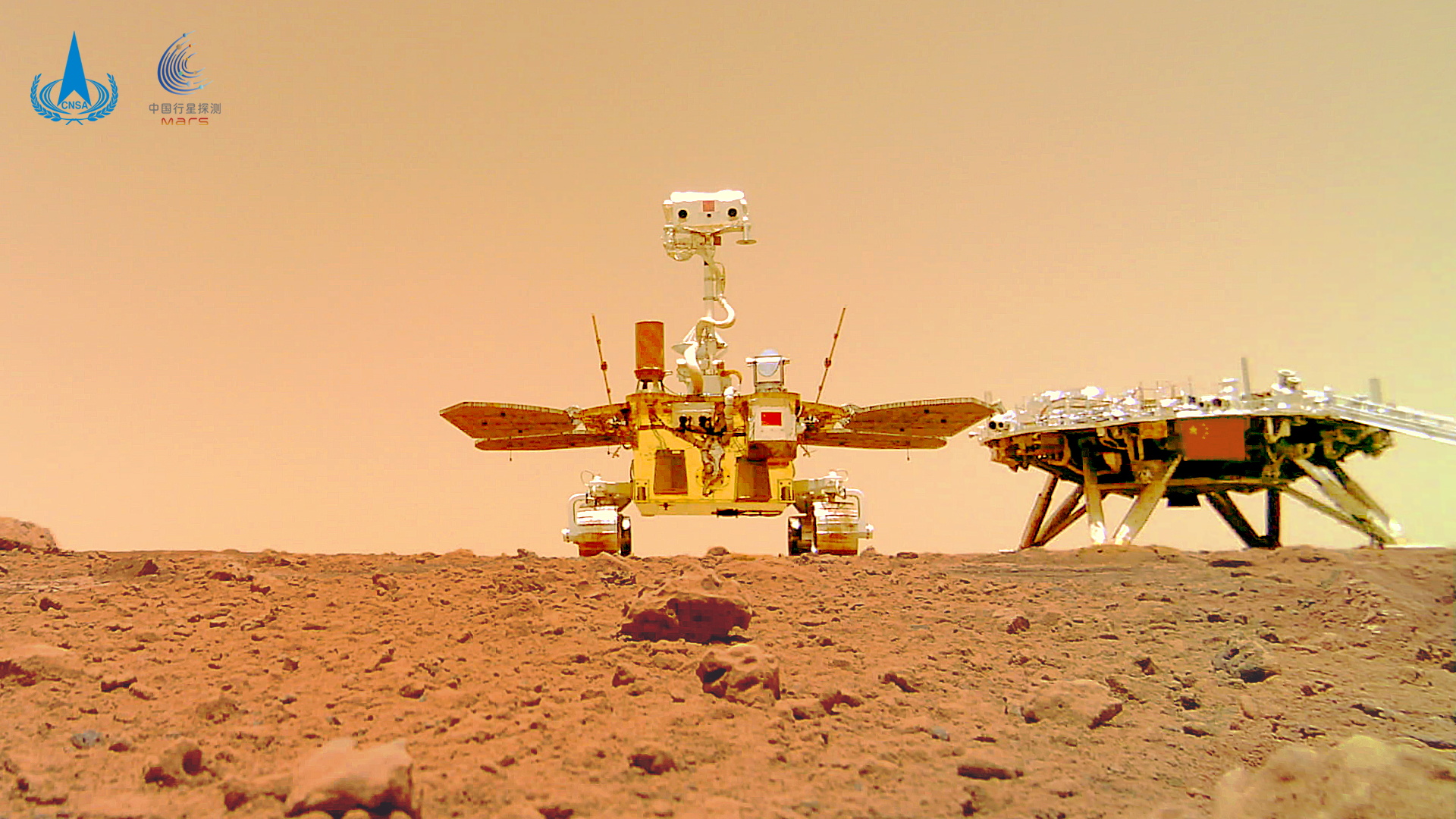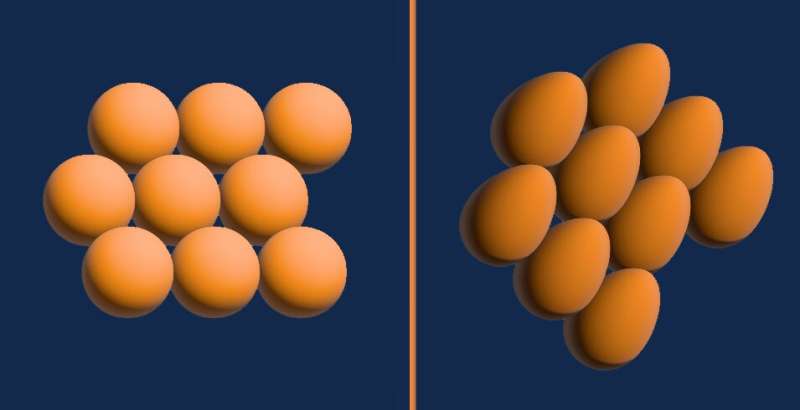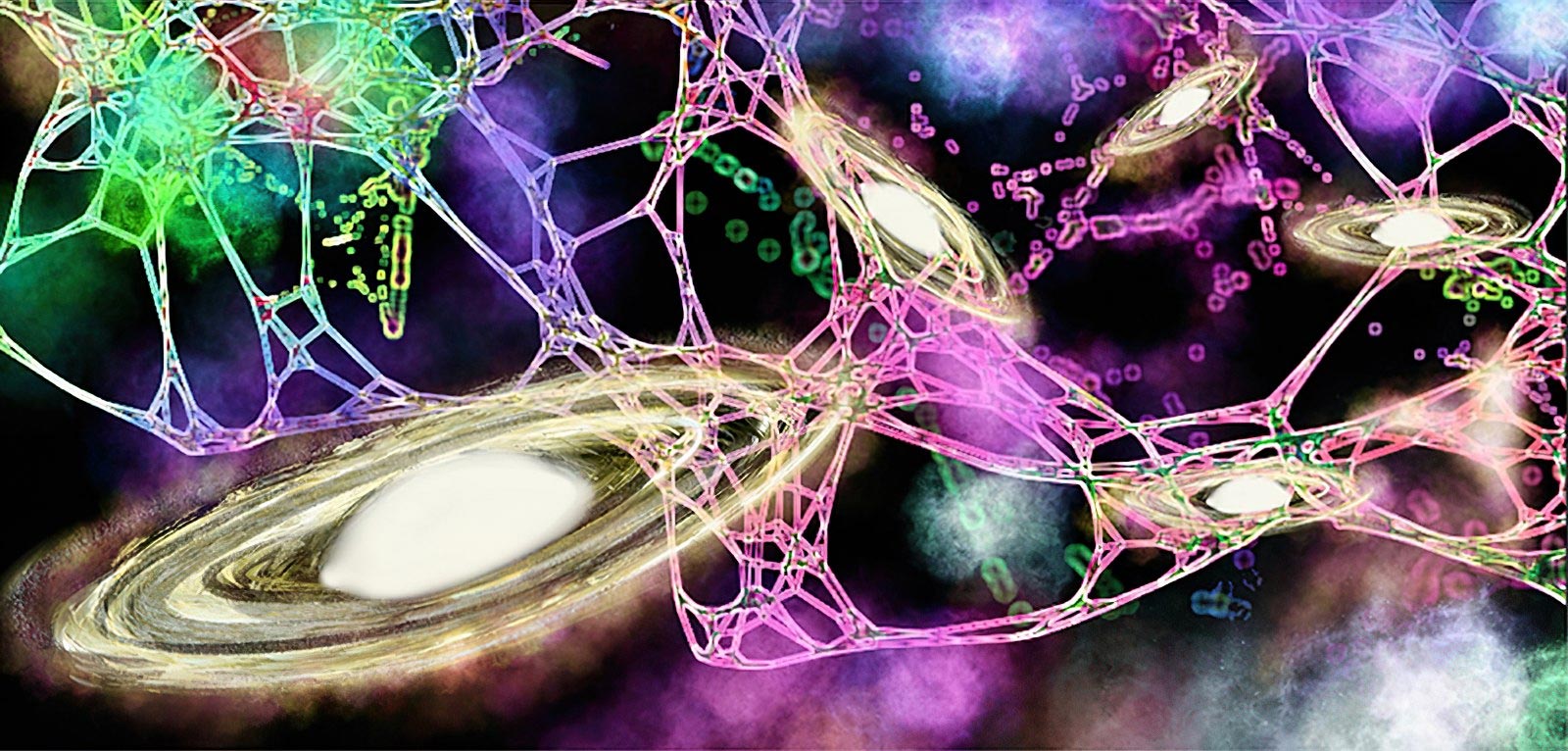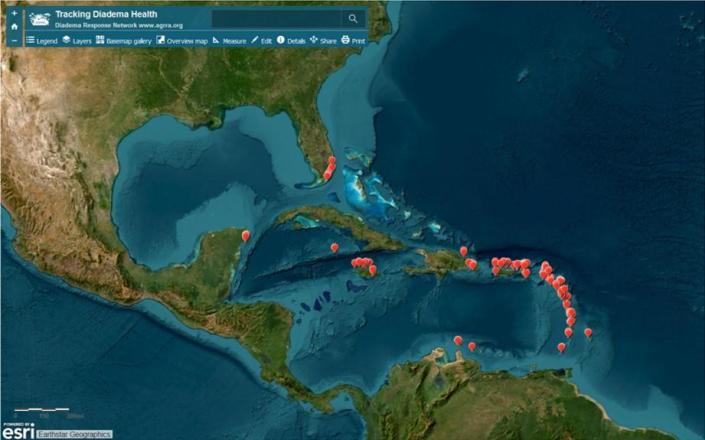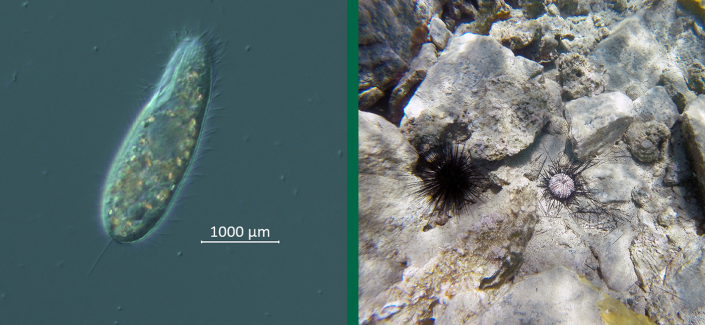
The human body relies heavily on electrical charges. Lightning-like pulses of energy fly through the brain and nerves and most biological processes depend on electrical ions traveling across the membranes of each cell in our body.
These electrical signals are possible, in part, because of an imbalance in electrical charges that exists on either side of a cellular membrane. Until recently, researchers believed the membrane was an essential component to creating this imbalance. But that thought was turned on its head when researchers at Stanford University discovered that similar imbalanced electrical charges can exist between microdroplets of water and air.
Now, researchers at Duke University have discovered that these types of electric fields also exist within and around another type of cellular structure called biological condensates. Like oil droplets floating in water, these structures exist because of differences in density. They form compartments inside the cell without needing the physical boundary of a membrane.
Inspired by previous research demonstrating that microdroplets of water interacting with air or solid surfaces create tiny electrical imbalances, the researchers decided to see if the same was true for small biological condensates. They also wanted to see if these imbalances sparked reactive oxygen, "redox," reactions like these other systems.
Appearing on April 28 in the journal Chem, their foundational discovery could change the way researchers think about biological chemistry. It could also provide a clue as to how the first life on Earth harnessed the energy needed to arise.
"In a prebiotic environment without enzymes to catalyze reactions, where would the energy come from?" asked Yifan Dai, a Duke postdoctoral researcher working in the laboratory of Ashutosh Chilkoti, the Alan L. Kaganov Distinguished Professor of Biomedical Engineering and Lingchong You, the James L. Meriam Distinguished Professor of Biomedical Engineering.
"This discovery provides a plausible explanation of where the reaction energy could have come from, just as the potential energy that is imparted on a point charge placed in an electric field," Dai said.
When electric charges jump between one material and another, they can produce molecular fragments that can pair up and form hydroxyl radicals, which have the chemical formula OH. These can then pair again to form hydrogen peroxide (H2O2) in tiny but detectable amounts.
"But interfaces have seldom been studied in biological regimes other than the cellular membrane, which is one of the most essential part of biology," said Dai. "So we were wondering what might be happening at the interface of biological condensates, that is, if it is an asymmetric system too."
Cells can build biological condensates to either separate or trap together certain proteins and molecules, either hindering or promoting their activity. Researchers are just beginning to understand how condensates work and what they could be used for.
Because the Chilkoti laboratory specializes in creating synthetic versions of naturally occurring biological condensates, the researchers were easily able to create a test bed for their theory. After combining the right formula of building blocks to create minuscule condensates, with help from postdoctoral scholar Marco Messina in? Christopher J. Chang's group at the University of California—Berkeley, they added a dye to the system that glows in the presence of reactive oxygen species.
Their hunch was right. When the environmental conditions were right, a solid glow started from the edges of the condensates, confirming that a previously unknown phenomenon was at work. Dai next talked with Richard Zare, the Marguerite Blake Wilbur Professor of Chemistry at Stanford, whose group established the electric behavior of water droplets. Zare was excited to hear about the new behavior in biological systems, and started to work with the group on the underlying mechanism.
"Inspired by previous work on water droplets, my graduate student, Christian Chamberlayne, and I thought that the same physical principles might apply and promote redox chemistry, such as the formation of hydrogen peroxide molecules," Zare said. "These findings suggest why condensates are so important in the functioning of cells."
"Most previous work on biomolecular condensates has focused on their innards," Chilkoti said. "Yifan's discovery that biomolecular condensates appear to be universally redox-active suggests that condensates did not simply evolve to carry out specific biological functions as is commonly understood, but that they are also endowed with a critical chemical function that is essential to cells."
While the biological implications of this ongoing reaction within our cells is not known, Dai points to a prebiotic example of how powerful its effects might be. The powerhouses of our cells, called mitochondria, create energy for all of our life's functions through the same basic chemical process. But before mitochondria or even the simplest of cells existed, something had to provide energy for the very first of life's functions to begin working.
Researchers have proposed that the energy was provided by thermal vents in the oceans or hot springs. Others have suggested this same redox reaction that occurs in water microdroplets was created by the spray of ocean waves.
But why not condensates instead?
"Magic can happen when substances get tiny and the interfacial volume becomes enormous compared to its volume," Dai said. "I think the implications are important to many different fields."
More information: Yifan Dai et al, Interface of biomolecular condensates modulates redox reactions, Chem (2023). DOI: 10.1016/j.chempr.2023.04.001
Journal information: Chem
Provided by Duke University
Citation: Newly discovered electrical activity within cells could change the way researchers think about biological chemistry (2023, April 28) retrieved 30 April 2023 from https://ift.tt/dO4XefZ
This document is subject to copyright. Apart from any fair dealing for the purpose of private study or research, no part may be reproduced without the written permission. The content is provided for information purposes only.
https://ift.tt/4y6ft7d
Science




